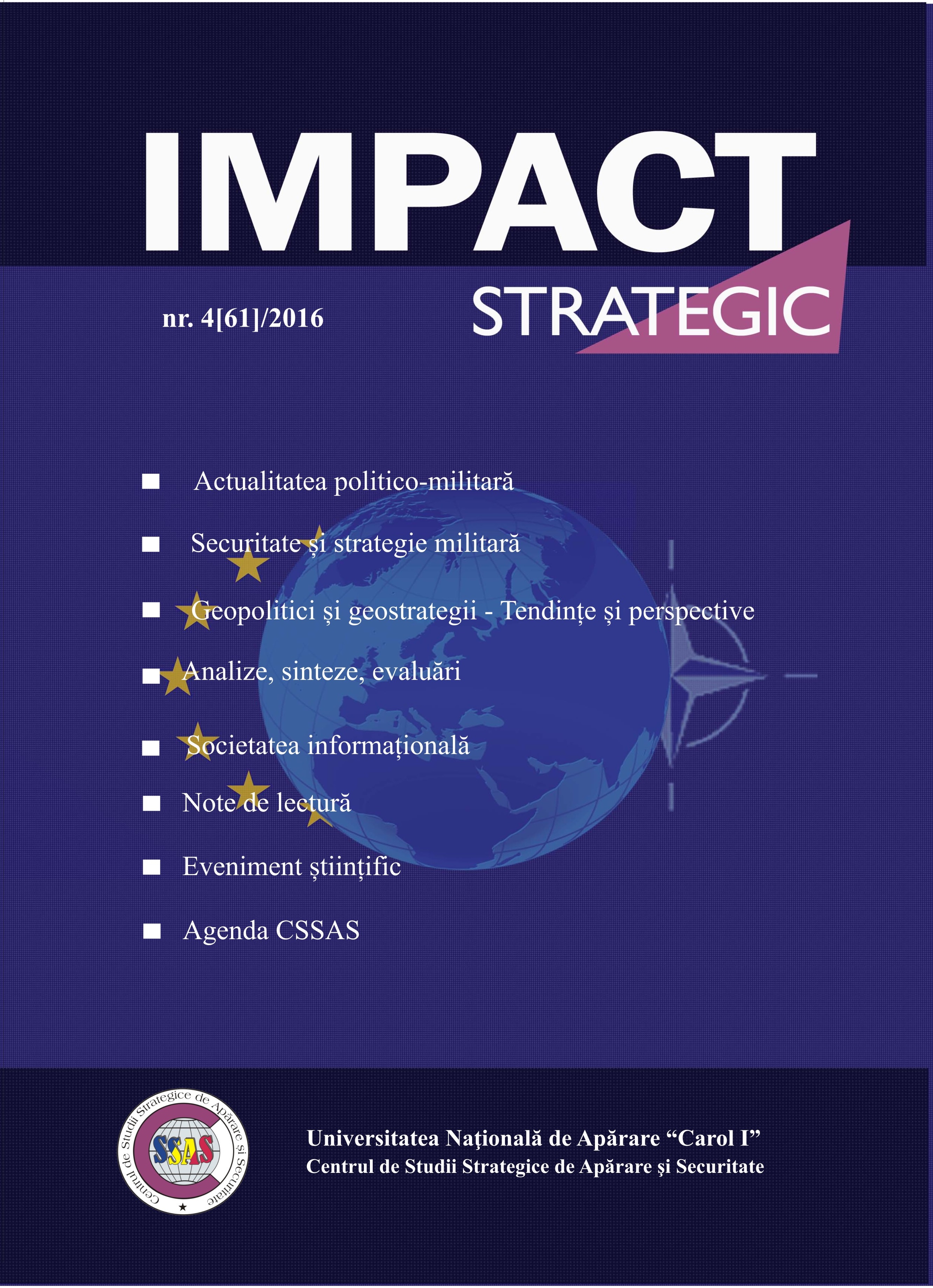Stabilitatea României între modelul majoritar şi modelul consensual al democraţiei
ROMANIAN STABILITY BETWEEN THE MAJORITARIAN MODEL AND THE CONSENSUS MODEL OF DEMOCRACY
Author(s): Mircea-Dănuț ChiriacSubject(s): Politics / Political Sciences
Published by: Carol I National Defence University Publishing House
Keywords: democracy; democratization process; majoritarian model; consensual model; security
Summary/Abstract: The democratization and consolidation process of democracy is a fundamental characteristic of contemporary society evolution. Specialty literature points out several models of democratization: wave theory, modernization theory, transition studies, democratic peace theory etc. Of these, the transition studies model, analyzed by Dankwart Alexander Rustow is, in my view, extremely valuable for understanding the transition period to democracy of former communist states, such as Romania. An analysis of modern democracy, conducted by Arend Lijphart demonstrates that, in contemporary society, the democratization and consolidation process of democracy has generated two types of democracy: majoritarian and consensus democracy.The application of the models analyzed by Lijphart with reference to Romania leads to the conclusion of the hybrid character of Romanian democracy. This feature has been generating a series of problems, with consequences on the stability of the political and social balance. An important conclusion is that democracy represents an important source of security. On the other hand, security represents the fundamental condition for the development of governance capacity of the state and for the development of an open and liberal society, based on the rule of law and market economy.
Journal: Impact strategic
- Issue Year: 61/2016
- Issue No: 4
- Page Range: 30-35
- Page Count: 6
- Language: Romanian

